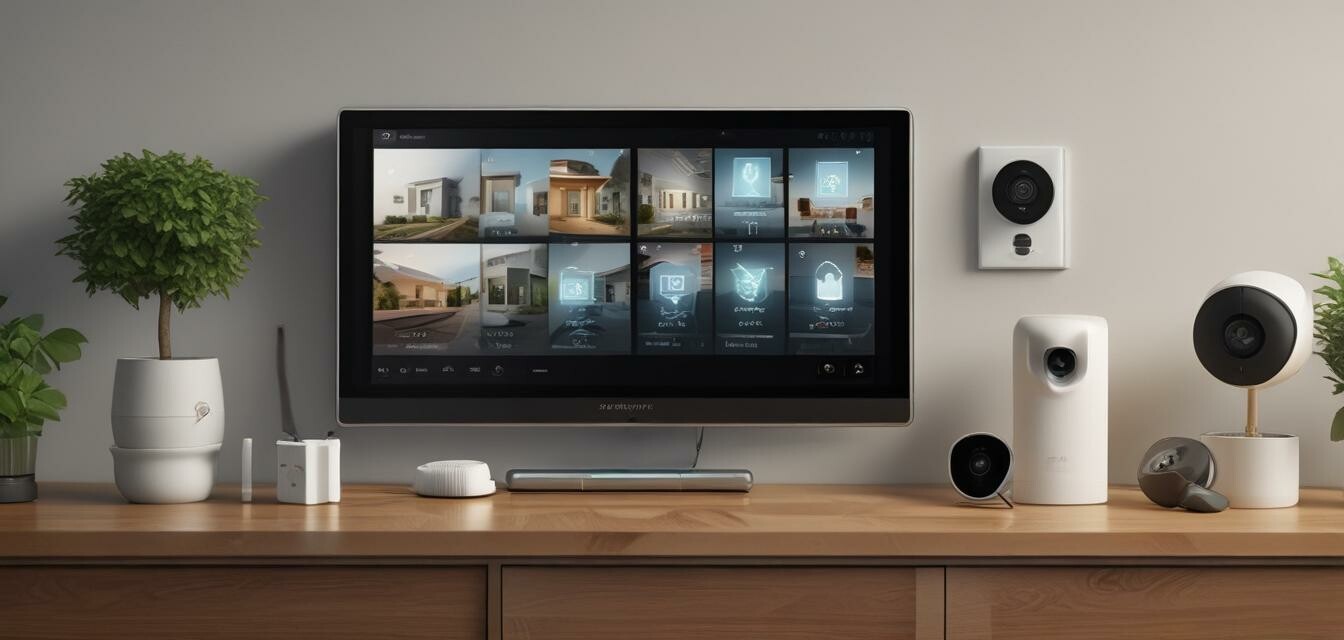
10 Smart home security tips for 2024
Key Takeaways
- Stay current with technology to optimize your smart home security.
- Regularly update your devices to protect against vulnerabilities.
- Utilize two-factor authentication for added security.
- Position cameras and sensors strategically to enhance coverage.
- Consider using reliable smart locks for better entry security.
As technology continues to evolve, so does the approach to home security. In 2024, homeowners have access to numerous advanced smart home security systems. Implementing these systems can greatly enhance safety and peace of mind. Below are 10 practical tips to optimize your smart home security.
1. Invest in smart locks
Smart locks offer a secure and convenient way to manage access to your home. These locks can be controlled remotely, allowing you to grant access to trusted individuals without needing a physical key. Additionally, you can monitor who enters your home and when.
2. Regularly update your security software
Keeping your security devices updated is crucial for mitigating potential vulnerabilities. Make sure to regularly check for firmware updates to ensure your devices are operating with the latest security features.
3. Utilize two-factor authentication
Adding an extra layer of protection through two-factor authentication can help safeguard your smart home devices. This requires not only a password but also a secondary verification method, such as a text message or email link.
4. Position your cameras strategically
To maximize your home security, consider the following tips for camera placement:
- Install cameras at entry points such as doors and windows.
- Ensure cameras have a clear line of sight without obstructions.
- Choose weather-resistant cameras for outdoor use.
5. Use access sensors
Access sensors can notify you of any unauthorized entry into your home. Placing them on doors and windows allows you to monitor all access points and receive alerts directly to your smartphone.
6. Set up motion detectors
Motion detectors are effective for monitoring movement around your property. They work great indoors and outdoors to alert you if someone is in an area that shouldn't be accessed. This can be particularly useful when you are not home.
7. Share access responsibly
When you grant access to your home through smart locks or security systems, ensure that you share access only with trusted individuals. Use temporary codes or access schedules for visitors to limit their entry to certain times.
8. Maintain a well-lit environment
Outdoor lighting can deter intruders. Use motion-activated lights to illuminate pathways, entrances, and dark corners of your home. This also complements your security camera setup, making it easier to capture clear footage at night.
9. Create a security plan
Having a security plan in place helps prepare you for possible security breaches. Regular drills, updated contact information for emergency services, and a list of security contacts can ensure you are ready for any situation.
10. Monitor your systems remotely
Most modern security systems allow remote access via smartphone apps. Regularly check your security feeds and alerts when you're away to stay informed about your home's status and respond promptly if needed.
Conclusion
Implementing these smart home security tips in 2024 can significantly enhance your property's safety. By staying informed about the latest technology and practices, you can ensure your home remains a safe space for you and your loved ones. For more insights, be sure to check out our Security Tips category and explore ways to improve your smart security setup.
Pros
- Enhanced security and convenience.
- Remote monitoring capabilities.
- Integration with other smart home devices.
Cons
- Dependence on technology may lead to vulnerabilities if not updated.
- Costs of smart devices can accumulate.